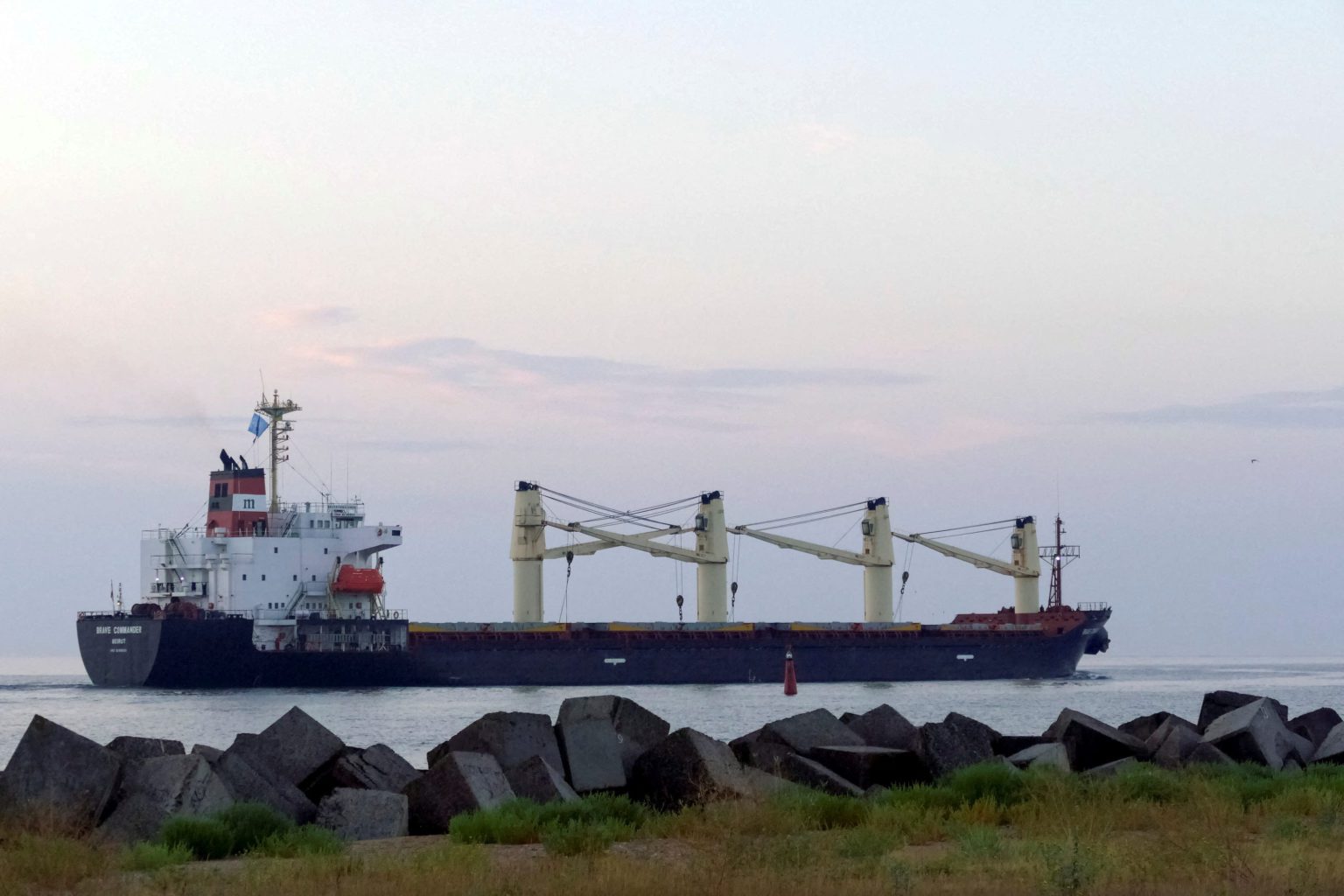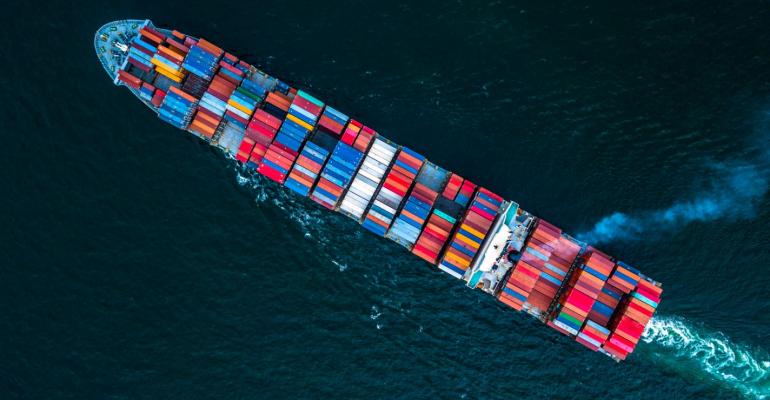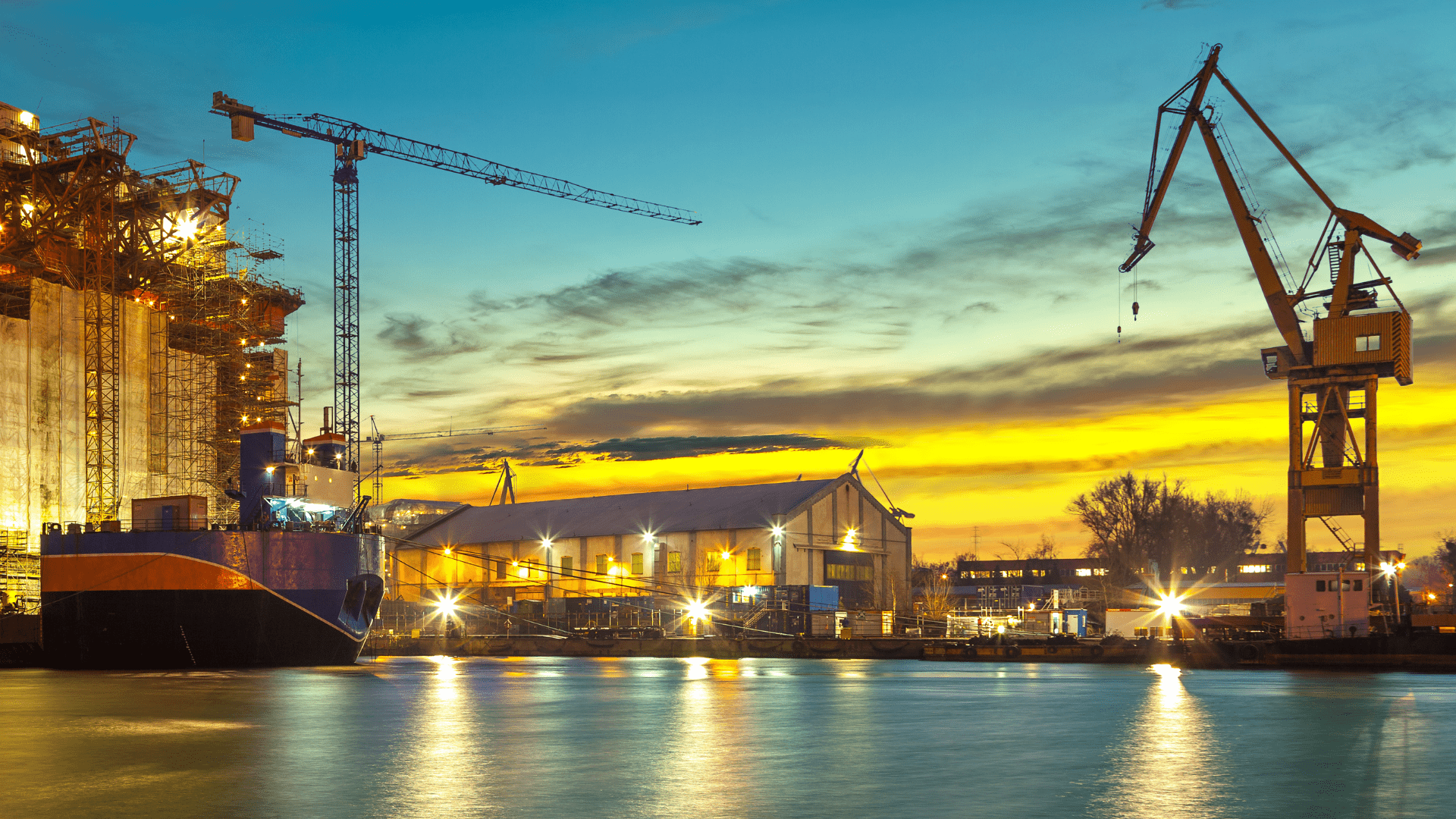NYK Group aims to decarbonize its bunker mix with multiple types of alternative fuels, initially focusing on LNG before shifting to ammonia by the end of this decade, a senior executive told Platts.
The Japanese shipping conglomerate, which operates a diverse fleet of over 800 ships, aims to reduce its greenhouse gas emissions by 45% from 2021 levels by 2030 before achieving net-zero emissions by 2050.
Tsutomu Yokoyama, an NYK executive officer in charge of fuel transition, suggested the group would need to introduce alternative fuels in phases, as its current bunker consumption of 3.3 million mt/year is dominated by conventional, oil-based fuels.
“It’s not realistic to change” in one go as a ship’s lifespan can last for 20 years, and NYK’s basic strategy would be to acquire ships that can burn alternative fuels during fleet renewal, according to Yokoyama.
As of end-March, the group had 30 dual-fuel ships capable of burning conventional and alternative fuels in operation, most of which were designed to burn LNG. According to a company report, the number is expected to grow to 102 in five years’ time. Those figures exclude ships carrying LNG as cargo, which can also use the fuel in their bunker system.
“We are encouraging ourselves to build LNG dual-fuel vessels,” Yokoyama said in an interview. “For new buildings, we order LNG-fueled ships as much as possible.”
Emerging fuel
LNG has emerged as the most popular alternative marine fuel in recent years, as maritime professionals expect the fuel to help shipowners achieve lower compliance costs amid tightening GHG regulations.
Industry estimates suggest LNG can lower GHG by 20%-30% compared with oil-based fuels, and NYK has started using bio-LNG on its car carriers in Europe with Titan’s supplies for deep decarbonization.
June’s average delivered bunker price for 0.5%-sulfur fuel oil, the most common bunker type, was $11.99/Gigajoule, much higher than $15.21/Gj for LNG and $36.54/Gj for bio-LNG, according to the Platts bunker cost calculator.
However, compliance costs for 0.5%S fuel users reached $4.53/Gj in intra-EU trades under the EU Emissions Trading System, higher than $3.29/Gj for LNG and zero for bio-LNG, according to the calculator.
“What we can do right now is to reassign our LNG-powered ships as much as possible to Europe” to reduce compliance expenses, Yokoyama said.
NYK’s LNG bunker consumption reached 41,530 mt in the fiscal year 2023-24 (April-March), up from 14,387 mt in FY 2022-23, the latest company figures showed.
With the group’s LNG-capable fleet set to expand rapidly in the coming years, Yokoyama suggested NYK would collaborate with compatriot utility firms to secure fuel supplies. The group operates one of the world’s largest LNG tanker fleets, often transporting the fuel to meet demand from Japan’s power generators.
“We are working together with the Japanese power sector, because they secure the LNG for their power plants,” said the executive, suggesting there might be some excess that could be used as marine fuel.
Fuel supplies
Aside from LNG, NYK has also started operating ships capable of consuming LPG and methanol, while the conventional fleet’s use of bio bunkers amounted to 6,287 mt in FY 2023-24. Yokoyama said the group could raise B30 use in Singapore going forward.
Separately, the group launched the world’s first ammonia-capable tugboat last year and agreed to develop a 40,000- cum gas carrier that can run on the fuel on the back to a time charter with Yara, which will be one of the world’s first ammonia-fueled ships for deep sea trades when delivered in 2026.
Yokoyama suggested NYK would order more ammonia-capable ships by 2028-2029, saying the fuel would play a significant role for the group in the coming decades.
Many industry participants believe green ammonia has strong potential as a future marine fuel. In the coming decades, its production is expected to scale up in line with renewable hydrogen.
“Eventually, in 2050, we will achieve net zero,” Yokoyama said.
The multi-fuel approach has come amid persistent industry worries over the availability of sustainable marine fuels, with bunker demand from the whole shipping industry not expected to be met by any single fuel.
NYK anticipates having an easier time arranging alternative fuel supplies for ships in liner trades, such as containerships, car carriers, cruise ships, and dry bulk carriers tied to long-term shipping contracts with regular sailing schedules.
“From a bunker supplier’s point of view, it would be very easy to supply, very easy to invest” for those ships, according to Yokoyama.
However, the group remains generally unwilling to commit to long-term procurement contracts, which some project developers require when making investments in sustainable fuel production.
“Long-term commitments some financial risks,” Yokoyama said. “I don’t rule them out, but it’s currently difficult.”
Source: Platts


